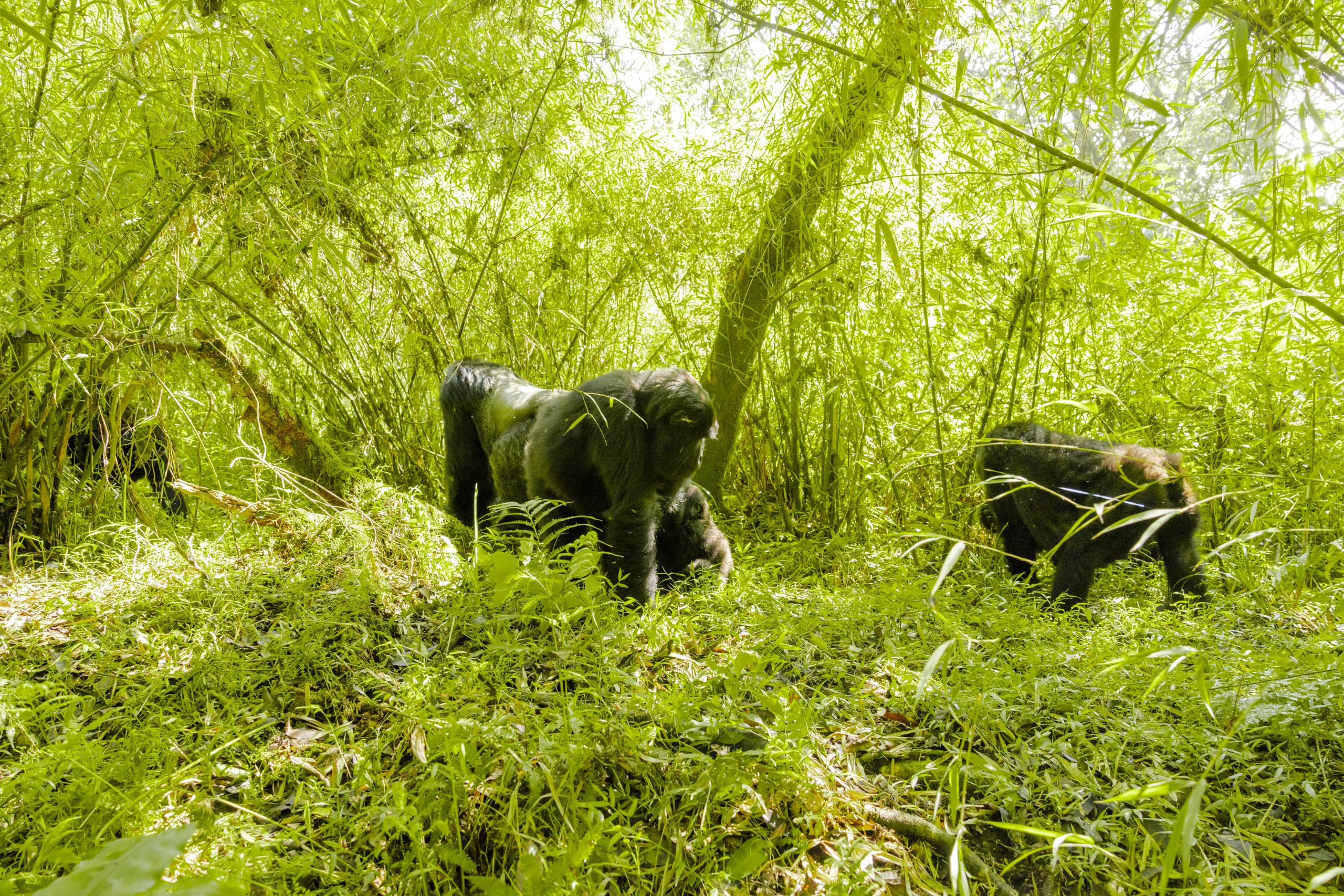History
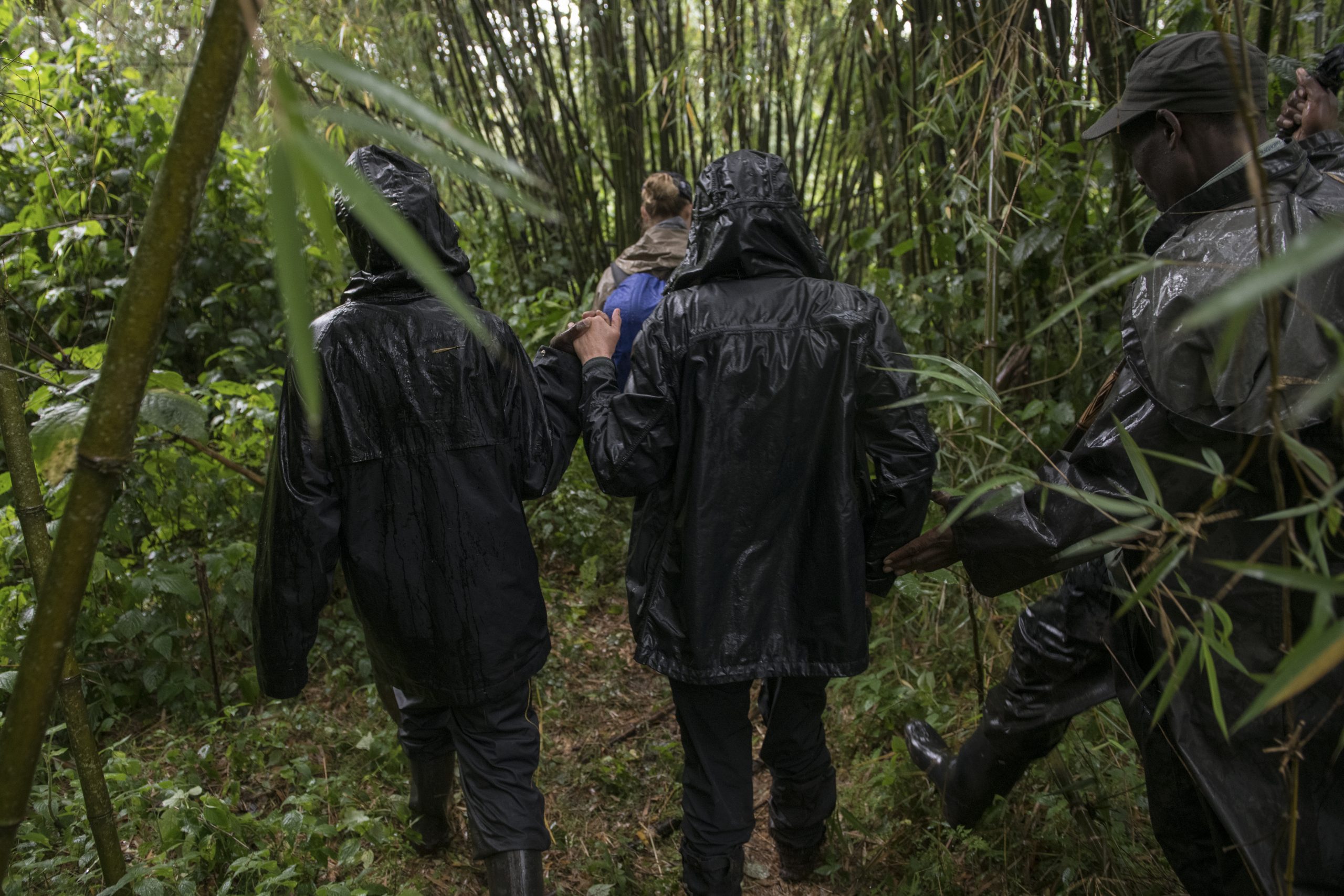
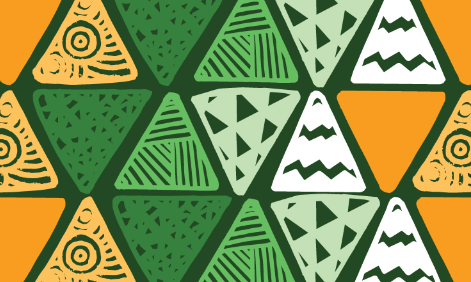
Origins of Collaboration
In 1979, the regional conservation organizations working to protect the remaining mountain gorilla populations began collaborating. This umbrella organization, originally known as the Mountain Gorilla Project, focused only on conservation in Rwanda. It introduced anti-poaching measures and established an education program to help change local attitudes towards gorillas and forest conservation.
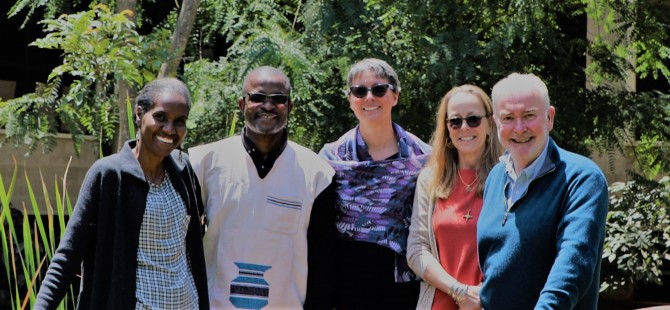

Evolution of the Coalition Programme
In 1991, the Mountain Gorilla Project evolved into the International Gorilla Conservation Programme (IGCP). It was a more formal coalition of three conservation organizations – African Wildlife Foundation (AWF), Fauna & Flora International (FFI) and the World Wide Fund for Nature (WWF). The program expanded its activities to cover the entire mountain gorilla range in Rwanda, Uganda, and the Democratic Republic of Congo (DRC). IGCP continued beyond 2014 as a coalition of Fauna & Flora International (FFI) and the World Wide Fund for Nature (WWF) until September in 2019 when it was joined by Conservation International.
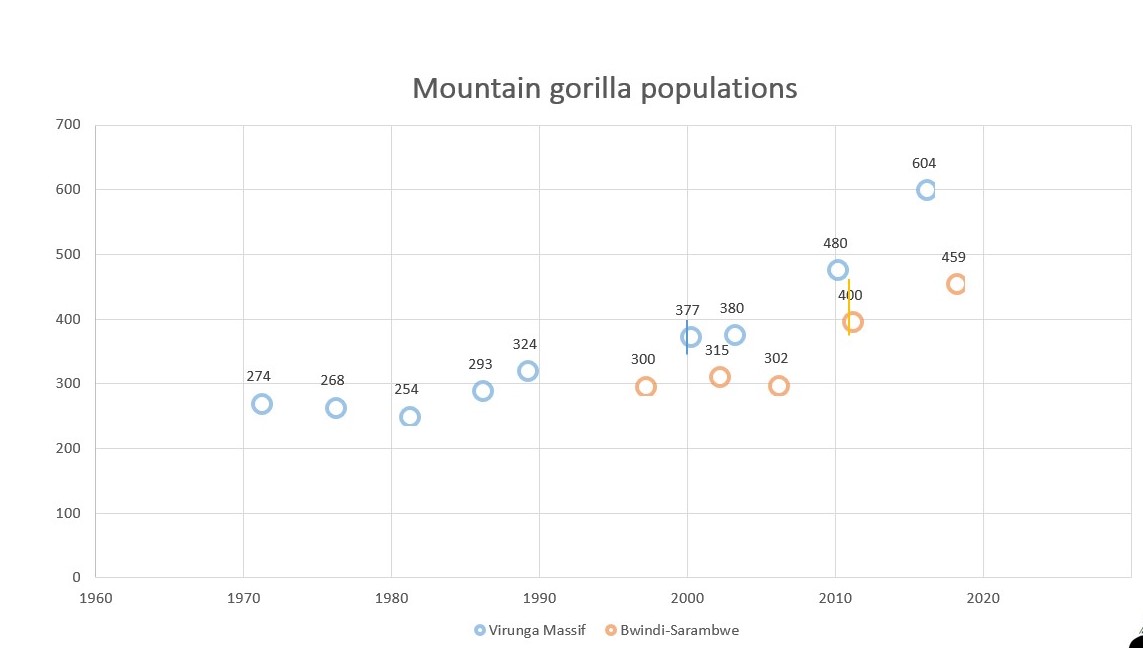

Key Milestones
2020: Lobbied park authorities to suspend mountain gorilla tourism and/or enforce mask use by tourists to minimize the risk of disease transmission during COVID-19.
2019 – 2020: Training and empowerment of park wardens, rangers, guides, trackers and porters in the four gorilla parks in the Virunga – Bwindi Landscape.
2018 – 2019: Mountain gorilla census in BINP. Census results indicate that the number of mountain gorillas increased to 459, bringing the global total to 1,063.
2015 – 2016: Mountain gorilla census in the Virunga Massif. Census results indicate the number of mountain gorillas increased to 604, bringing the global total to 1,004.
2015: Formation of the Greater Virunga Transboundary Collaboration (GVTC) institution to promote transboundary collaboration in mountain gorilla conservation.
2010 – 2011: Mountain gorilla census in the Virunga massif, indicating a 26.3% increase in the number of mountain gorillas for this population between 2003 to 2010.
2006: Signing of an MoU for collaborative monitoring of transboundary mountain gorilla groups and a revenue sharing mechanism for transfrontier tourism gorilla groups by the three park authorities.
2006: Mountain gorilla census in the Bwindi Impenetrable National Park, indicating an increase in the population size to 340 individuals from the 320 individuals reported in 2002.
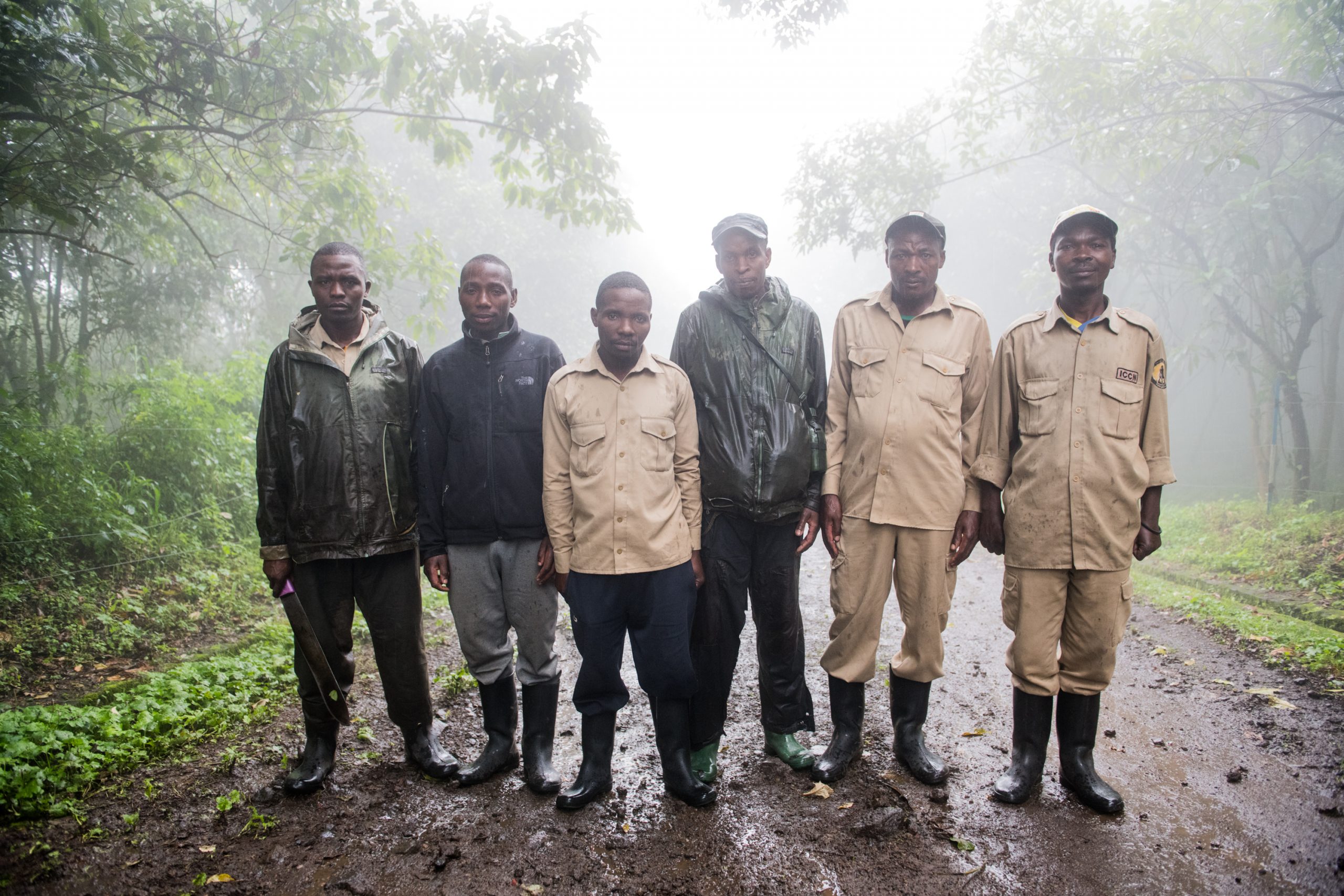

2005: Signing of the transboundary ministerial declaration in Goma, signaling commitment to the development of a collaborative protocol amongst the three governments.
2004 – Rescue of an orphaned mountain gorilla from poachers by Rwandan authorities with the help of IGCP. The infant was put under the care of the Mountain Gorilla Veterinary Program (MGVP) in Kinigi, Rwanda.
2003 – Mountain gorilla census in the Virunga Massif, the first complete census in the area since 1989. Census results indicate a significant increase in population size of 380 gorillas in 30 social groups from 324 individuals.
2003: Purchase of 4.2 km2 of land in Nkuringo for the park adjacent community (PAC) around Bwindi Impenetrable National Park. A lodge was constructed on this land to serve as an alternative source of income and source of employment to the PAC.
1999: Programme support helps to prevent the killing of gorillas in Bwindi and the Virungas during more than 10 years of war and conflict. Although the death toll (18 confirmed cases) appears high, it is relatively low compared to the losses suffered by other species in unpatrolled areas outside the range of the mountain gorillas.
1999: IGCP works with the respective park authorities to re-establish operations, rebuild infrastructure and implement recovery plans following war and genocide in Rwanda (1994), war in DRC (1996) and the 1999 attack on Uganda’s Buhoma community campground.
1998: Gorilla tourism is established in Uganda and harmonized with programs in Rwanda and DRC to encourage a regional approach. (see community engagement.
1997: Development of a framework for regional cooperation that paved the way for effective transboundary collaborative management of the Virungas and Bwindi, and potentially the creation of a Transfrontier Protected Area Network for the region (see facilitating-collaboration/)
1996: Establishment of strong networks in eastern DRC after the fall of President Mobutu Sese Seko in 1996. IGCP continues working effectively throughout the crisis and is acknowledged as a key contributor to regional recovery.
1996: IGCP persuades humanitarian and relief organizations to consider environmental issues and elicits their support for rehabilitation of the national park. The United Nations High Commission for Refugees subsequently invites IGCP to develop its Environmental Guidelines and train technical staff in environmental management during refugee operations.
1994: Support towards patrols and gorilla monitoring in Virunga National Park after the 1994 insurgency. This allowed for continued uninterrupted patrols and gorilla monitoring despite being the scene of a prolonged conflict.
